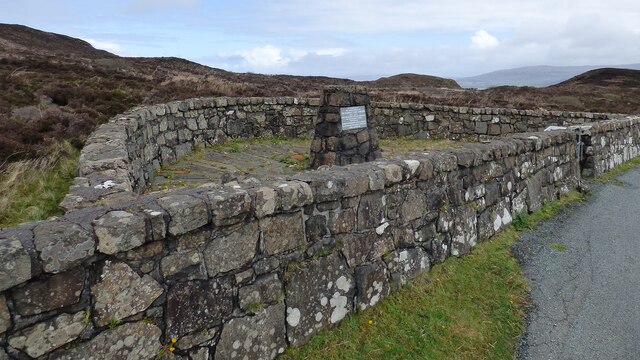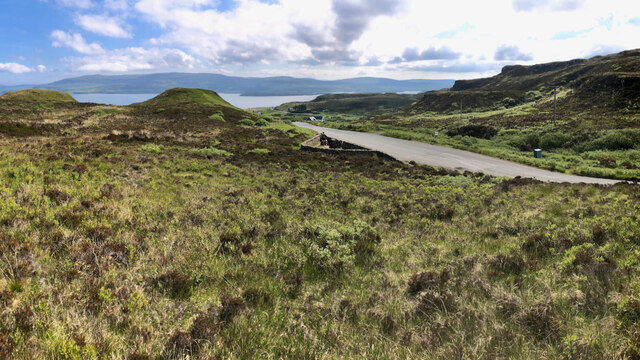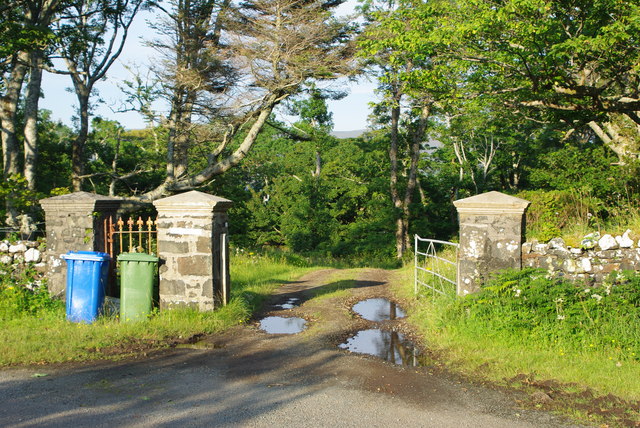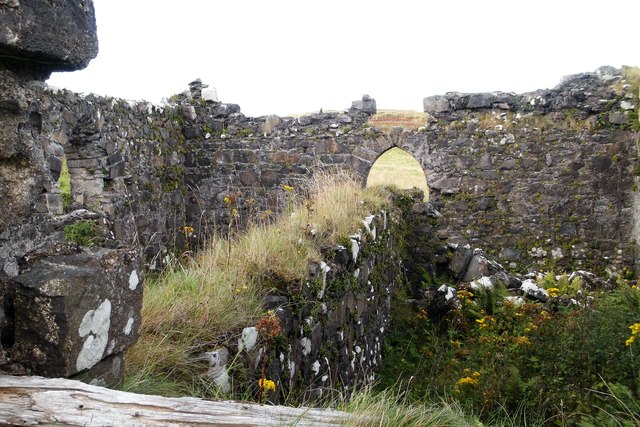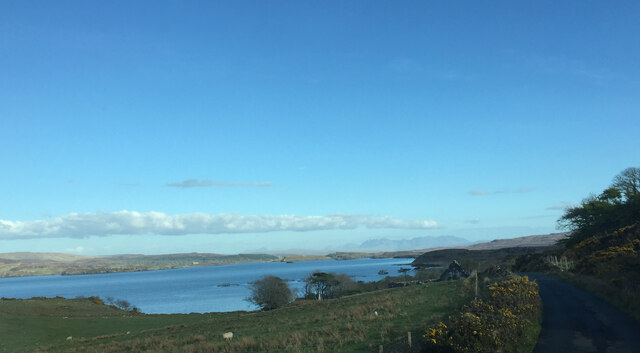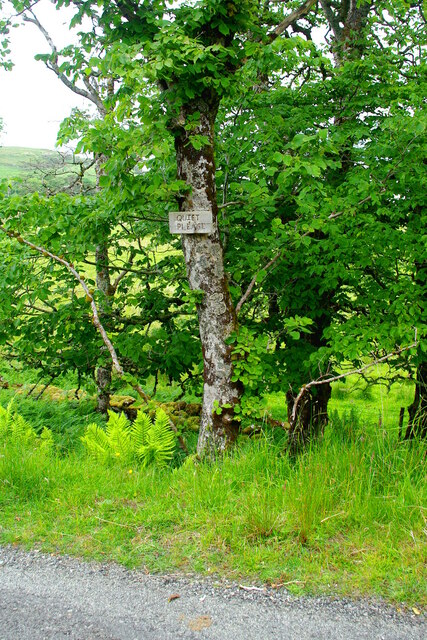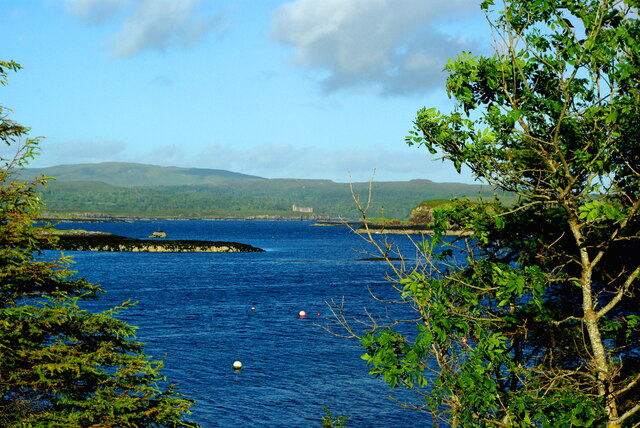Cairadh na Lathaich
Coastal Marsh, Saltings in Inverness-shire
Scotland
Cairadh na Lathaich
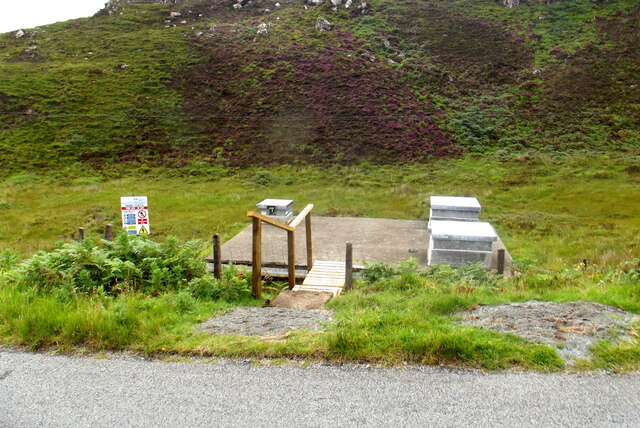
Cairadh na Lathaich, located in Inverness-shire, Scotland, is a coastal marsh or salt marsh area known for its unique ecological characteristics and diverse wildlife. This expansive area is situated near the mouth of the River Ness, where it meets the Moray Firth.
The marshland is characterized by its rich and fertile soil, which is a result of the regular tidal flooding from the sea. This unique environment supports a wide range of plant species, including salt-tolerant grasses, sedges, and herbs. These plants not only stabilize the marshland but also provide essential habitats and food sources for various animals and bird species.
The Coastal Marsh of Cairadh na Lathaich is a designated Site of Special Scientific Interest (SSSI) due to its importance for birdlife. The area attracts a significant number of migratory birds, including waders, waterfowl, and seabirds. Species such as the curlew, redshank, oystercatcher, and dunlin can be spotted here, making it a popular destination for birdwatchers and nature enthusiasts.
In addition to its ecological significance, Cairadh na Lathaich is also of historical importance. The area has evidence of human activity dating back thousands of years, with archaeological sites and artifacts discovered nearby. These findings provide insights into the ancient human settlements and their interaction with the coastal environment.
Overall, Cairadh na Lathaich is a captivating coastal marsh in Inverness-shire, offering a unique blend of ecological diversity, birdlife, and historical significance.
If you have any feedback on the listing, please let us know in the comments section below.
Cairadh na Lathaich Images
Images are sourced within 2km of 57.459884/-6.6565576 or Grid Reference NG2050. Thanks to Geograph Open Source API. All images are credited.

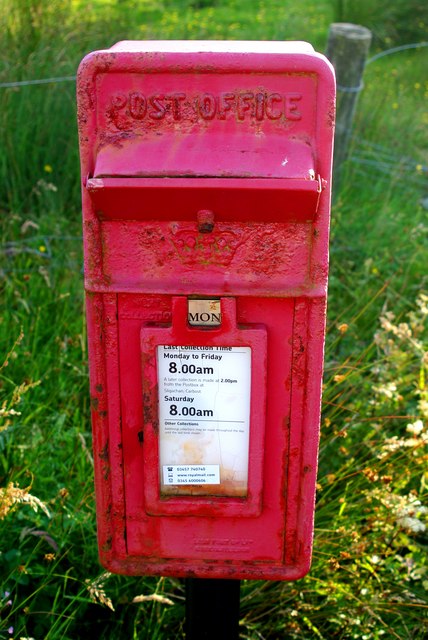
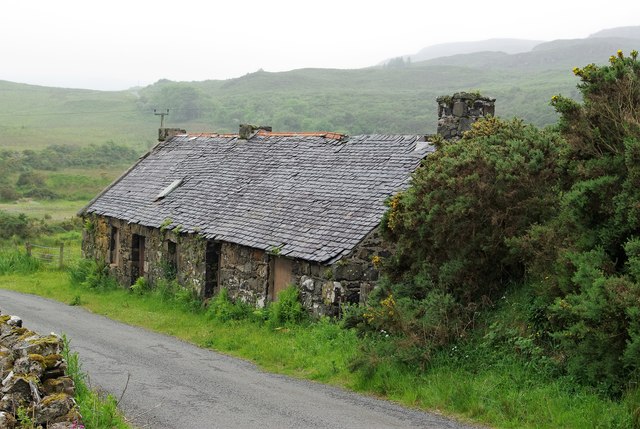
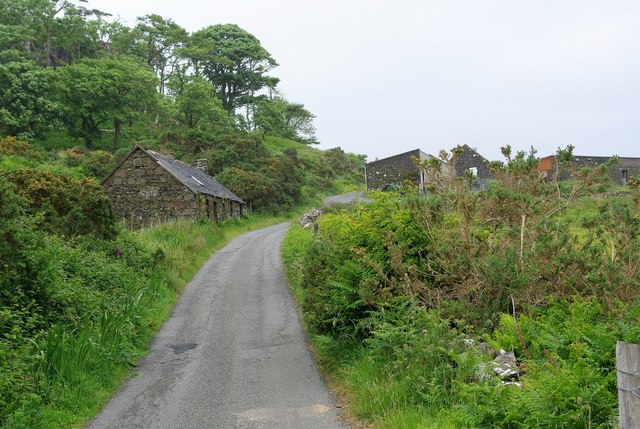
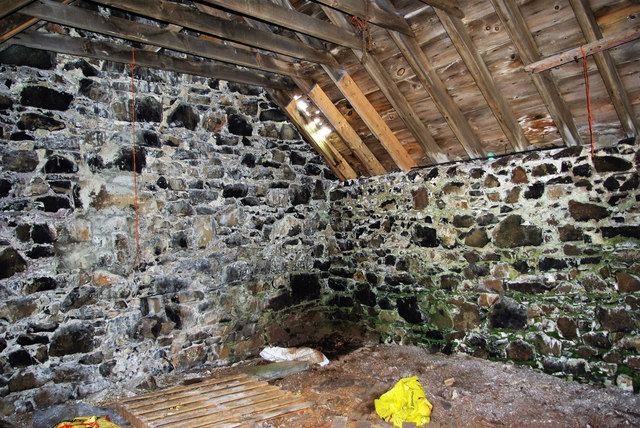
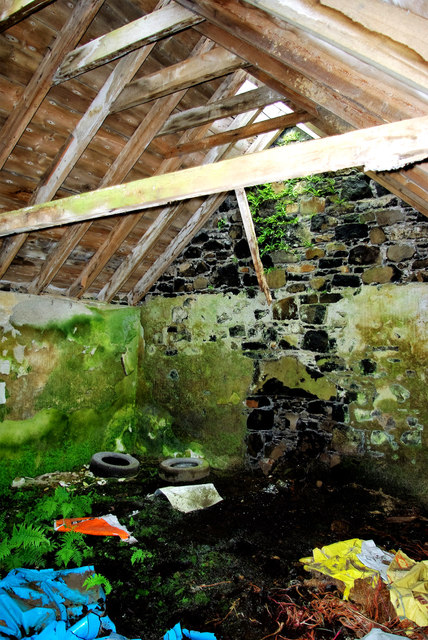
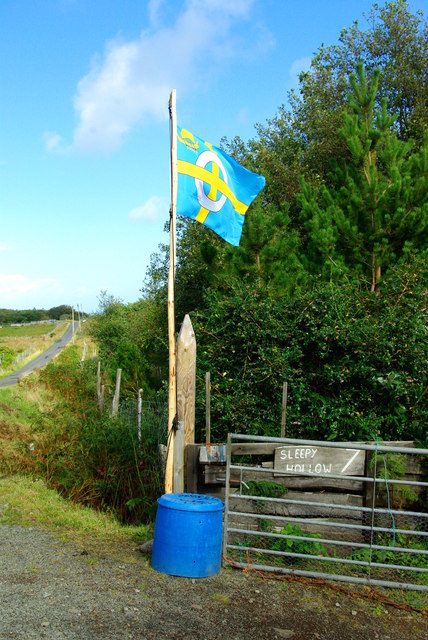
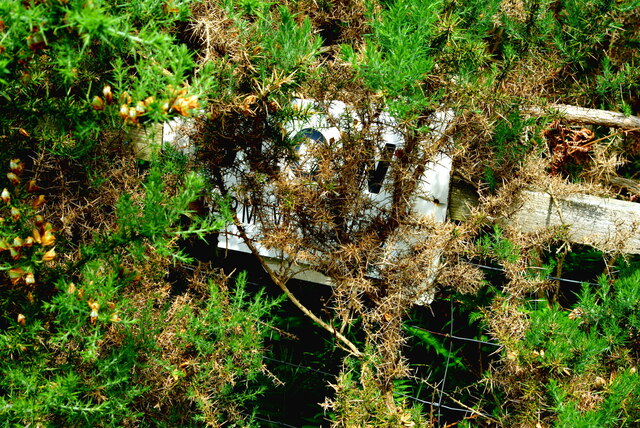
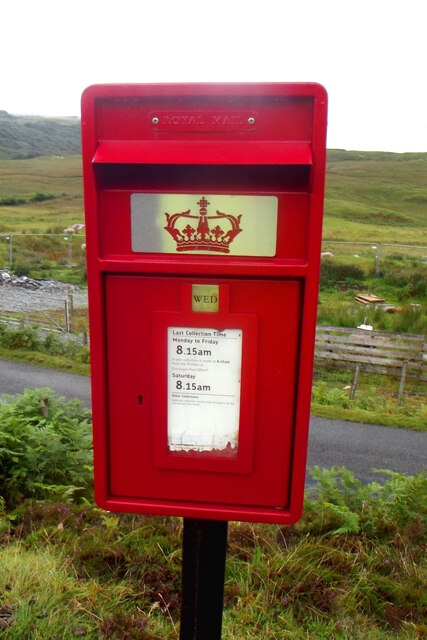
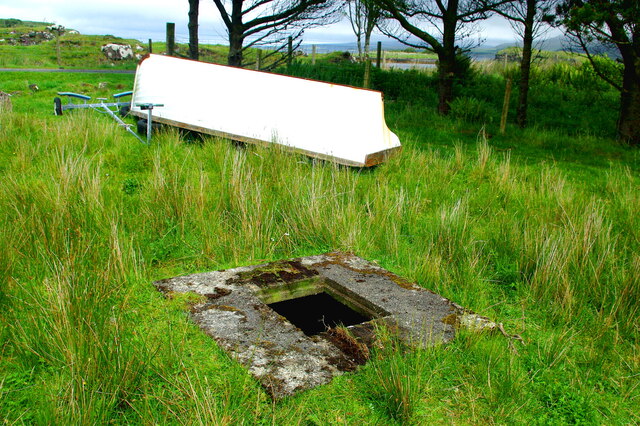
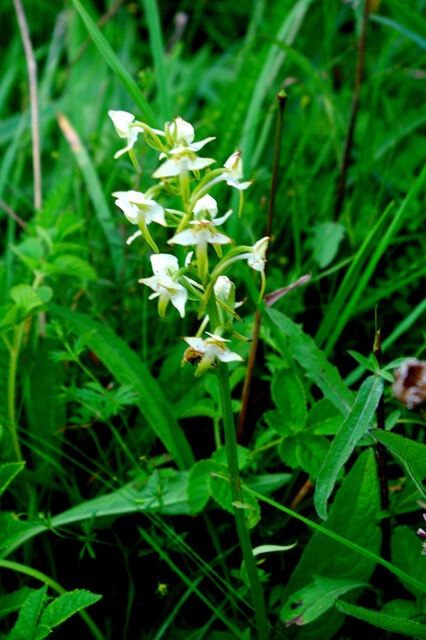
Cairadh na Lathaich is located at Grid Ref: NG2050 (Lat: 57.459884, Lng: -6.6565576)
Unitary Authority: Highland
Police Authority: Highlands and Islands
What 3 Words
///annual.formless.prefer. Near Glendale, Highland
Nearby Locations
Related Wikis
Totaig
Totaig (from Old Norse Topt-vík) is a small crofting settlement on the west coast of Loch Dunvegan on the Isle of Skye. The village of Dunvegan is 5 miles...
Colbost
Colbost (Scottish Gaelic: Cealabost) is a scattered hamlet on the B884 road, in the Glendale estate, overlooking Loch Dunvegan on the Scottish island of...
Fasach
Fasach (Scottish Gaelic: Fàsach) is a crofting settlement in Glendale on the Duirinish peninsula of the Isle of Skye, Scottish Highlands and is in the...
The Three Chimneys
The Three Chimneys is a restaurant in Colbost, Isle of Skye, Scotland. While in operation beforehand, the restaurant came to prominence after being taken...
Nearby Amenities
Located within 500m of 57.459884,-6.6565576Have you been to Cairadh na Lathaich?
Leave your review of Cairadh na Lathaich below (or comments, questions and feedback).
